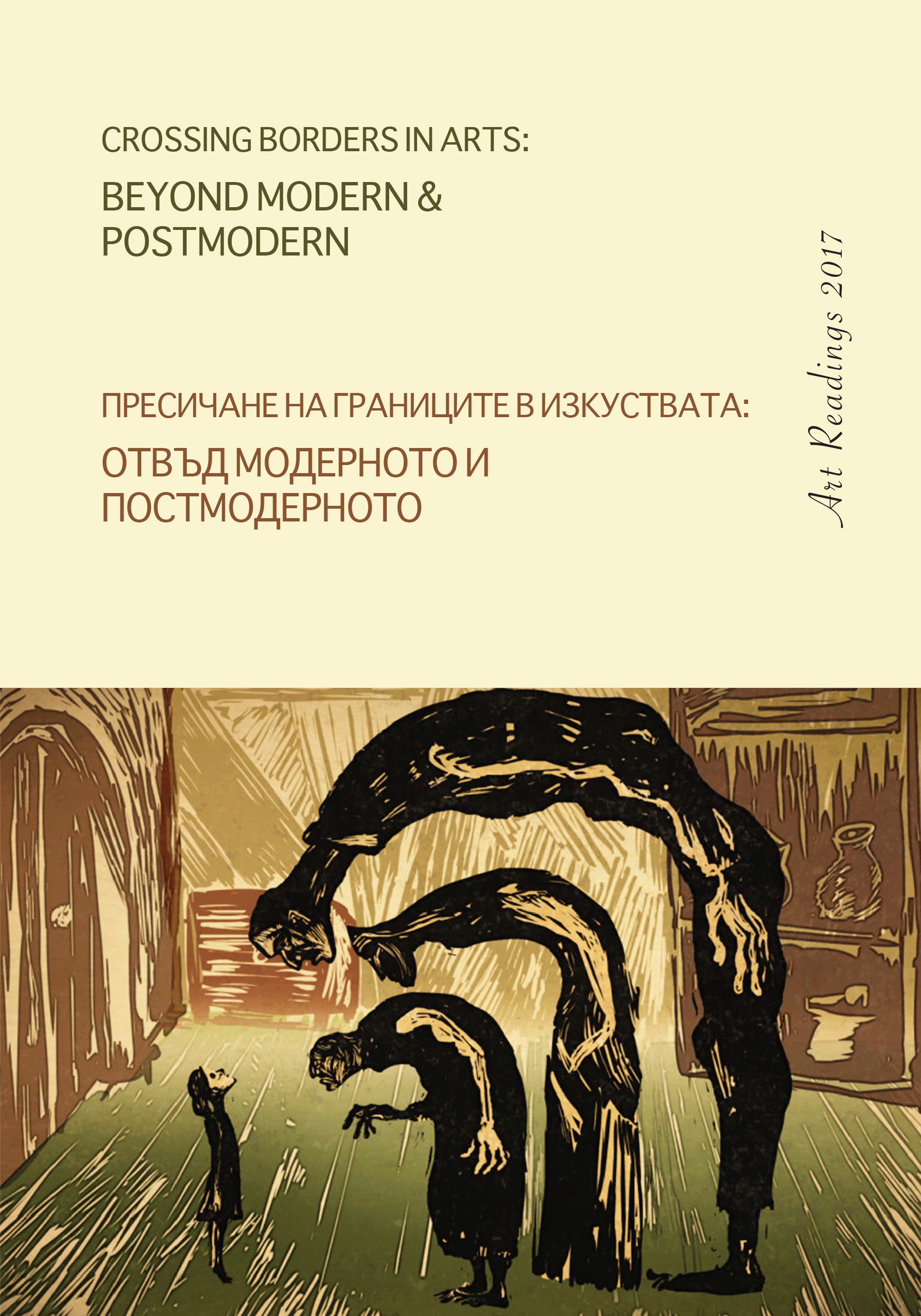Тенденции в куклено-театралното изкуство след 2000 година в България
Trends in puppetry after the year 2000 in Bulgaria
Author(s): Zornitca KamenovaSubject(s): History, Theatre, Dance, Performing Arts, Fine Arts / Performing Arts, Visual Arts, Recent History (1900 till today)
Published by: Институт за изследване на изкуствата, Българска академия на науките
Summary/Abstract: In his research paper “Metamorphosis of puppet theatre” Henryk Jurkowski introduces the term “heterogenous theatre” – theatre that contains a variety of forms of expression, where the puppet is just one of the many elements in the play, in order to contrast it with “homogenous theatre”, a characterization of the specifics of European puppetry up until the 1960’s, where the stage components are meant to be in direct service to the puppets. On the basis of these definitions, puppetry in Bulgaria after the dawn of the new millennium can be seen adhering to many of the trends and processes present in European puppetry. Different forms of “heterogenous theatre” can be identified, in which the variation in combinations between different elements creates a wide variety of concepts, aesthetics and practices. This diversity of elements is connected to the change of requirements in Bulgarian theatre after 1989, the necessity for texts that can be used for puppet theatre, the transformation of artistic spaces, the increasing role of sound and lighting, the development of the relationship between actor and puppet, as well as new approaches to communicating with the audience. Different creators of contemporary Bulgarian puppetry have different approaches to these components in order to create their own artistic style. Along with the rise of new names on the puppetry stage after 2000, established creators from the 80’s and 90’s continue to produce compelling plays. Bulgarian puppetry has evolved into many diverse styles which include: puppetry that includes puppets with different types of mechanisms being used in a single play, object theatre, puppetry with improvised puppets, material theatre, mask theatre, shadow theatre, “black box” theatre and many others. There also exists a variety of texts, which are adapted into various forms including adapted fables and myths, dramatization on a particular subject or piece of literature, plays that focus on the musical aspect of theatre and many more. The huge potential for combinations of expressive tools and the recent dual nature of the puppet (as a subject and as an object), makes the actor’s job harder – the actor has to perform multiple functions – as an animator of the puppet (classical function), and as a dramatic persona and storyteller (newer functions). “Open animation” is one of the elements that is the basis for the idea of heterogenous puppetry, it’s beginning in Bulgaria is symbolically referred to as “coming out in front of the screen”, owing to the fact that the screen has turned into a symbol of homogenous illusory puppetry, which hides motion from the viewer, a practice that dominated up until the 1960’s. When it comes to audience, the most widely represented form of puppetry in the country is aimed at children. But while less numerous, there are other interesting examples of adult and family puppetry, and recently there has been a rise in theatre for babies (0+). The sphere of puppetry aimed at children has an educational function, which makes it important to emphasize familiar storylines, situations and characters in a fun, informative way. In this regard Bulgarian puppetry is also keeping up with the stylistic developments in other European countires. This text will focus on contemporary forms of puppetry on the Bulgarian stage and analyze problems and important trends connected to aesthetics and the stage itself, in order to prove with the use of examples that the heterogenous potential of puppetry is being displayed in Bulgaria. This mainly applies to the sphere of puppetry aimed at adult audiences, since it’s specific characteristics rely on the metaphorical and symbolical use of the puppet and bring out the synthetic nature of puppetry.
Journal: Изкуствоведски четения
- Issue Year: 2017
- Issue No: 2
- Page Range: 327-340
- Page Count: 14
- Language: English, Bulgarian
- Content File-PDF

